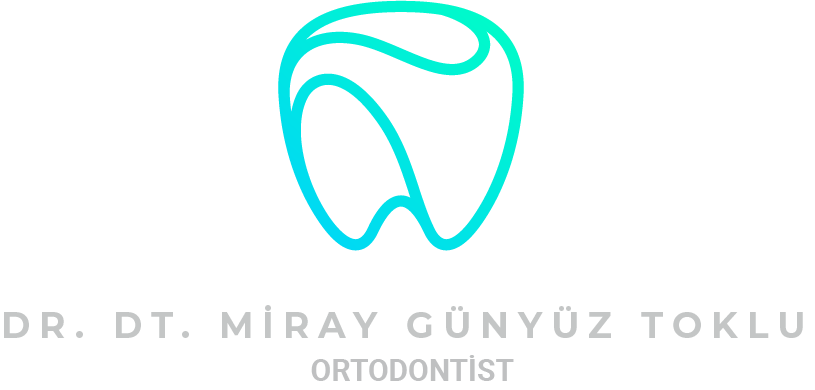Orthodontic Treatment
What is Orthodontics?
The word orthodontics is a word of Greek origin and consists of the words ‘ortho’ and ‘odons’. ‘Ortho’ means straight and ‘odons’ means tooth.
Orthodontics is the science that examines the proper alignment of the teeth in the jawbone, the harmony of the upper and lower jaws with each other and with the face.
In orthodontic treatment, our goal is not only to arrange the teeth like pearls, but also to arrange the teeth properly, the health of the surrounding tissues of the tooth in the jawbone and the person’s face should be taken into consideration, and treatment planning should be made.
At What Age Is Orthodontic Treatment Applied?
The first examination for orthodontic treatment should be at the age of 6-7 years. It is possible to apply orthodontic treatment to individuals of all ages. The old belief that ‘only children are treated with orthodontic treatment’ is not true. The movement of the teeth in the bone can be achieved at any age.
In cases where we want to achieve a skeletal (orthopedic) effect, such as functional treatments, the growth and development period of individuals must be active. Thus, we can direct the development of the jaws by using the growth potential.
When there is a skeletal problem in an adult, we can achieve skeletal change with orthognathic surgery, since the growth and development period has been completed.
What are Orthodontic Treatment Methods?
In orthodontic treatment, treatment can be applied by using removable appliances, extraoral appliances, fixed orthodontic appliances and transparent plaques.
Removable Appliances
It is used to achieve skeletal and dental movements in children. We may prefer removable appliances for maxillary enlargement or bypassing a tooth in crossbite in children.
We can also use removable appliances as reinforcing appliances after active orthodontic treatment.

Extraoral Appliances
Extraoral appliances are used to achieve a skeletal effect in cases where the maxilla is behind or forward in individuals in the growth and development period. It is called an extraoral appliance because it receives support from the face of the individual. The occipital headgear applies force from the head, the cervical headgear from the neck, the combination headgear from the head and neck, and the face mask from the forehead and lower jaw.
Fixed Orthodontic Treatment
Fixed orthodontic treatment is applied by sticking the brackets on the teeth one by one. The brackets attached at the beginning of the treatment are removed by the doctor at the end of the treatment.
Metal brackets can cause aesthetic anxiety due to their appearance. Metal, composite or porcelain brackets can be preferred according to the patient’s preference and our treatment plan.
Treatment is continued by making control appointments at intervals of 4-6 weeks.
